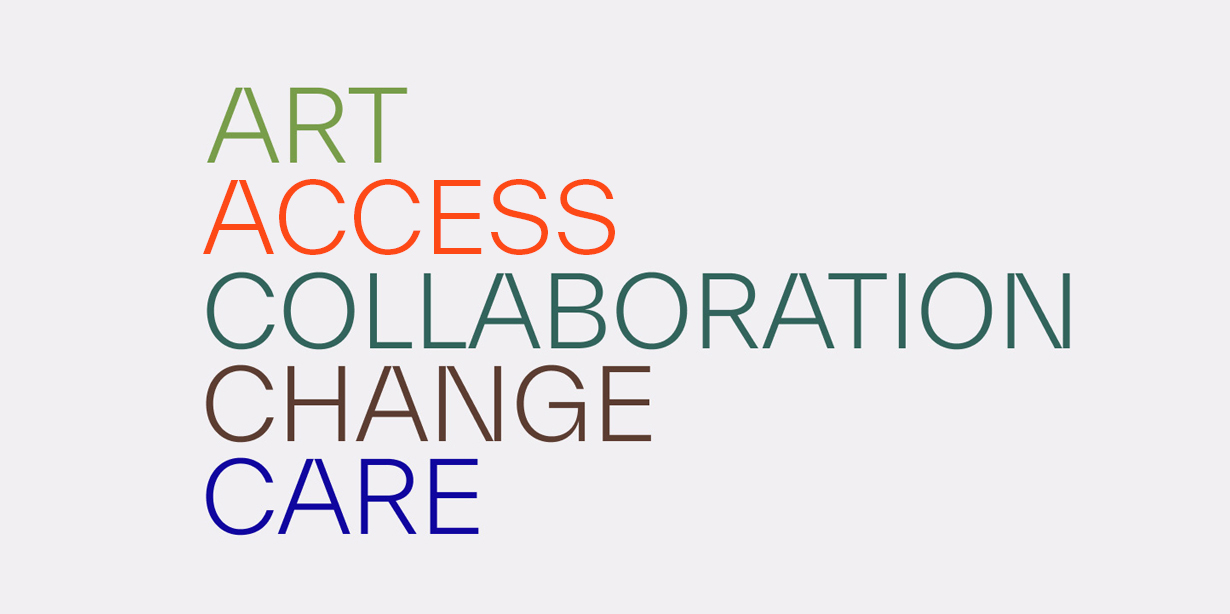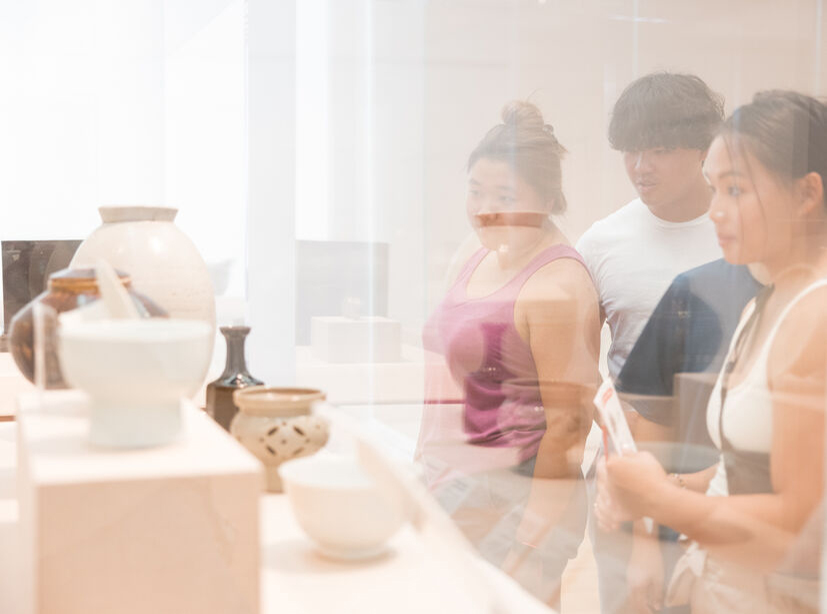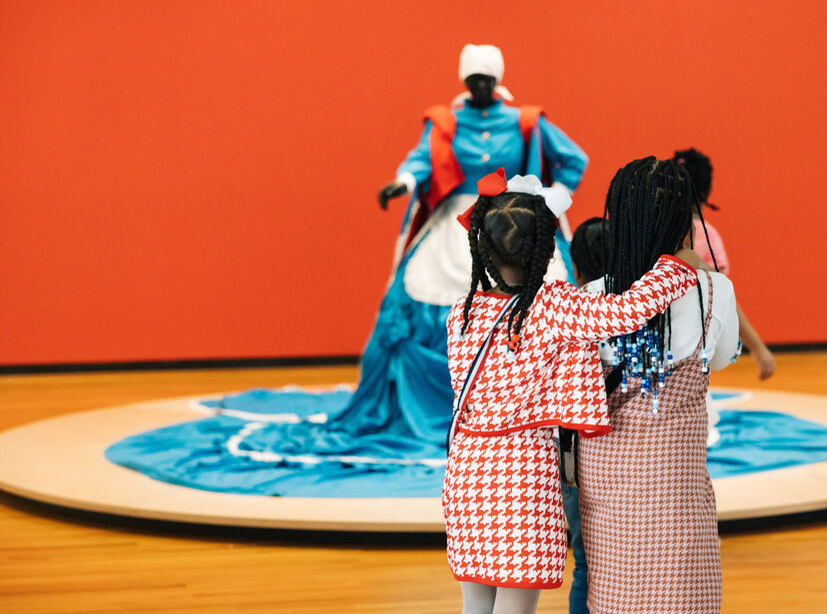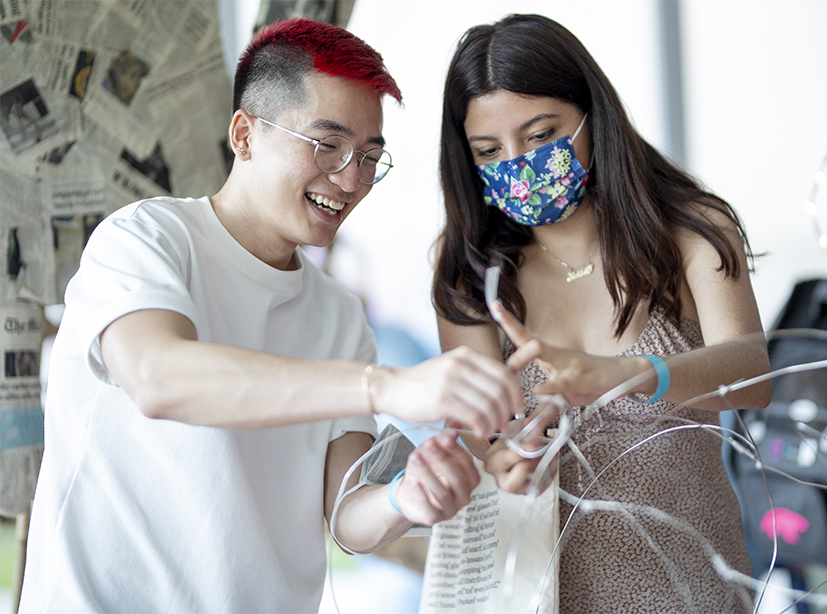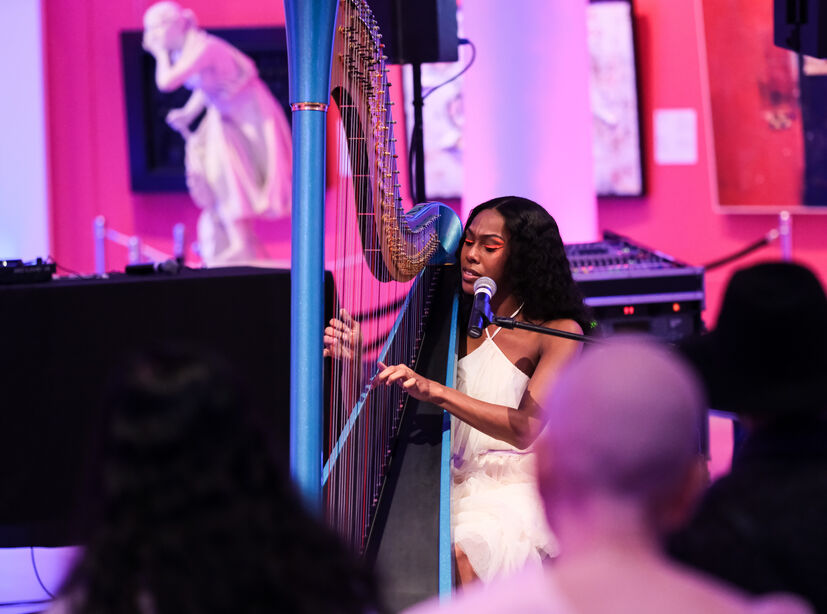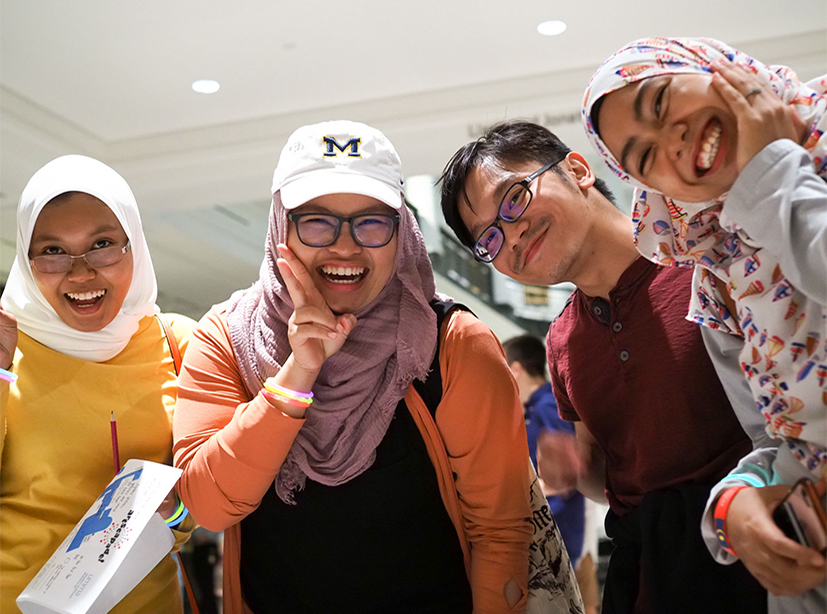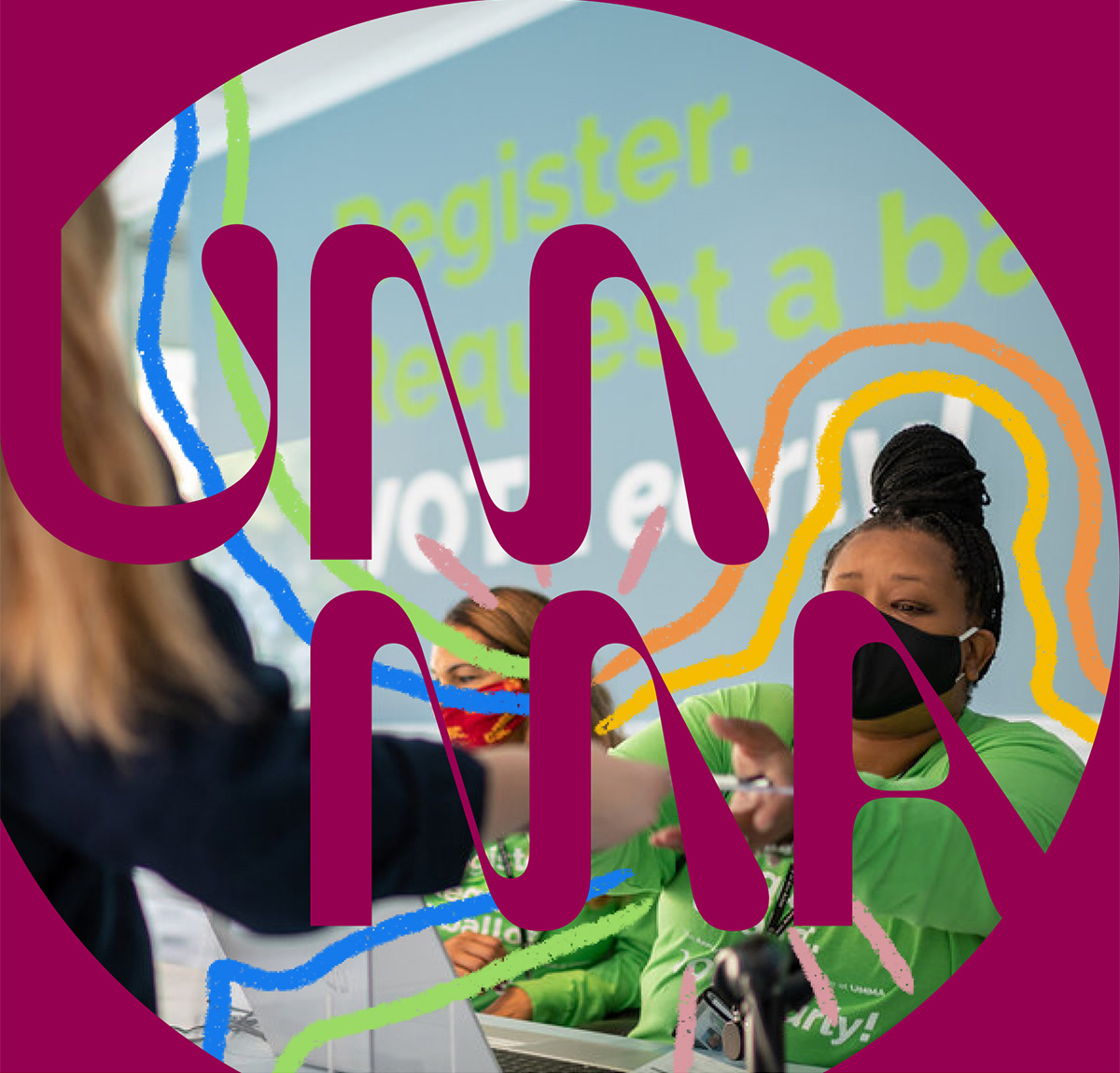UMMA’s 2022-27 Strategic Plan
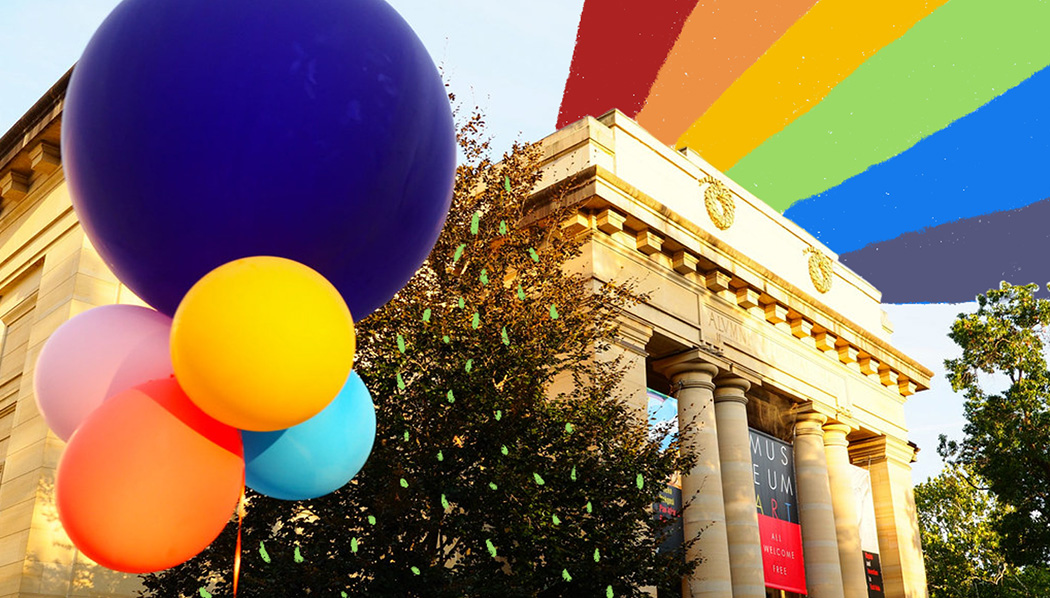
Creating A Campus Art Museum Where Everyone Can Feel Free
Mission & History
The U-M Museum of Art puts art and ideas at the center of campus and public life. We create experiences that enrich our understanding of one another, foster joy, and build a more just future. Through exhibitions, programs, research, and community partnerships we are redefining what a campus museum can be.
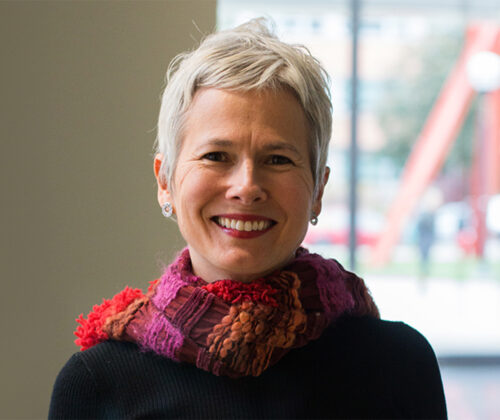
Introduction From the Director
“UMMA is rethinking what it means to be a museum in the 21st century. Shaped by a time of profound change and evolving challenges, this strategic plan is our commitment to becoming a more responsive, open, and civic institution.
We’re deepening our role as a public good—one that listens with intention, questions long-held assumptions, and creates space for belonging, reflection, and new ways of being together. Guided by this plan, we are collaborating with those we serve to build a museum rooted in curiosity and inspired by possibility.”
Christina Olsen, UMMA Director
April 2025
UMMA strategies
Jump to:
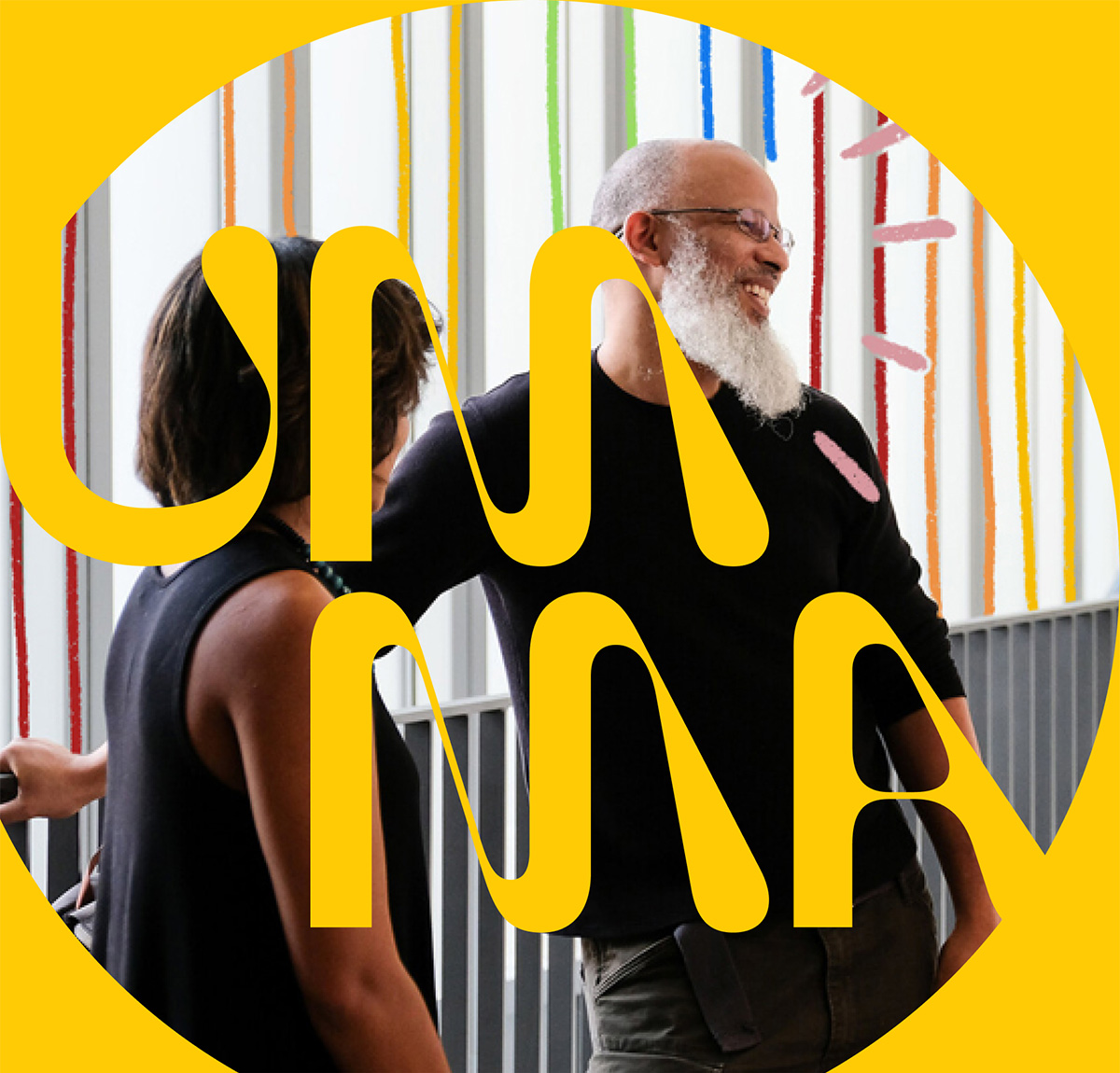
Engage A Broad Range of Communities & Perspectives
Our belief that access to art is a fundamental human right must be central to everything that UMMA does.
Why we’re engaging a broad range of communities and perspectives now
Historically, the collections, programming, staff and visitorship at U.S. art museums have not reflected their local communities. More than 80% of artists represented in the collections of major U.S. museums are white, and more than 85% are male. Further, the majority of art museum employees are white. To fulfill UMMA’s mission, we must prioritize new ways of working that contribute to a future rooted in shared opportunity for our communities and institution. We are committed to making UMMA a more welcoming place—one that reflects a wide range of perspectives and experiences.
UMMA will be a site where courageous and important conversations can take place, and where empathy is encouraged by considering perspectives across time, culture, identity, and geography. To do this we must welcome, represent, and partner with a variety of groups on campus, in the region, and beyond, and build authentic relationships that support co-creation. Over the next five years, UMMA will become a better partner to communities we have not previously served well. We will prioritize deepening connections with a broader range of Southeast Michigan communities, including first-generation college students, and K-12 students in Washtenaw County, not just those here in Ann Arbor.
In Five Years…
More people, experiences, and ideas than ever will be present and prioritized within the Museum’s staff, among Museum visitors, and the artists represented in UMMA’s exhibitions, programs, and collection. With investments in programming, education, and community collaboration UMMA will be known as a partner that listens well. UMMA will be transparent about its history and will sustain, and continuously improve upon, the work necessary to be a welcoming museum for everyone. UMMA is working toward a future in which more people in our communities view the Museum as an open, safe, and comfortable place that adds value to their lives.
Why We’re Supporting Civic Life & Shared Experience Now
To hold true meaning and value for our communities, we must embrace UMMA’s role as a vital piece of social infrastructure—a free, open space that matters for most people, not just a privileged few. Public institutions, such as art museums, must do more to ensure our spaces are open, welcoming, and joyful sites for dynamic public life. Art has special capacities to deepen shared community life: it helps us understand ourselves and the world around us more deeply; it can bring healing to communities who need it, clarity to those in search of an answer, and empowerment to the disenfranchised.
UMMA’s commitment to civic life and shared experiences expands on U-M’s leadership in developing mutually beneficial partnerships that allow for an open exchange of resources and ideas between the university, local and regional communities, and the world beyond. UMMA seeks to inspire others on campus, and at campus museums more broadly, to embrace the importance of strengthening civic life.
UMMA will be a reimagined art museum, one with an irresistible public draw that is a conduit for social life, and encourages interactivity, positive social friction, critical thinking and dialogue, and social bonding that works against isolation, polarization, and transactional exchange.
In Five Years, UMMA Will…
Be broadly perceived by key communities as a dynamic and vital cultural center where they go to socialize, find inspiration, and be exposed to new ideas. By reimagining the use of UMMA’s public spaces, a wide range of visitors will experience deepened cultural engagement that supports their needs and desires. UMMA will understand more about who uses the Museum’s spaces and platforms and how to make those spaces and platforms more widely accessible and welcoming. Other U-M units and campus museums will draw inspiration for their own transformations to build social cohesion through powerful shared experiences. We will have an established reputation as an art museum that connects with its public in unique and meaningful ways.
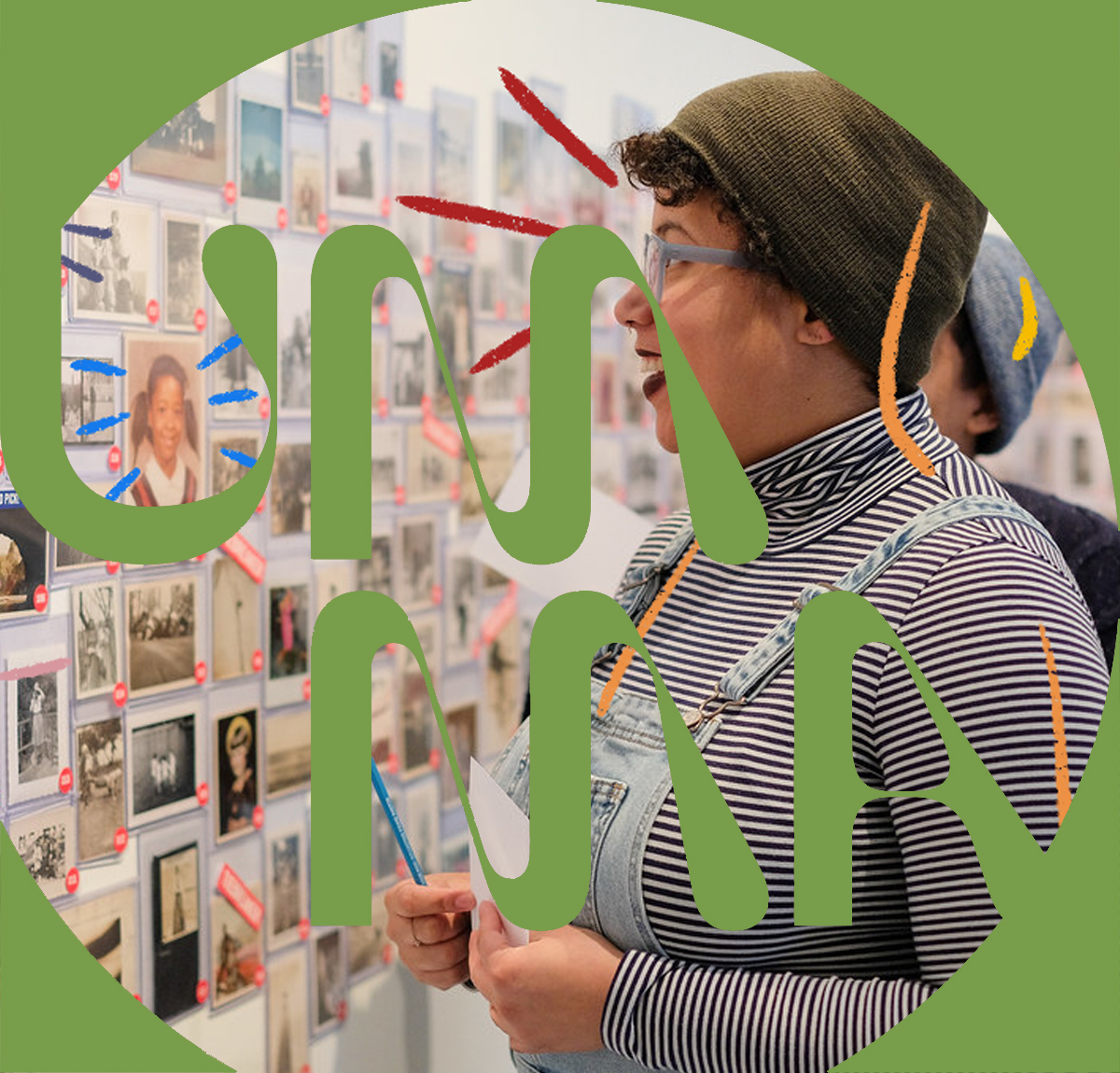
ADVANCE TEACHING, LEARNING & STUDENT PARTICIPATION
Museum-based teaching and learning creates a sense of belonging and deepens our understanding of one another.
Why We’re Advancing Teaching, Learning & Student Participation Now
As an art museum on a college campus, UMMA is deeply committed to supporting learners and educators at all levels. UMMA is a national leader in university curricular integration across a broad range of disciplines both within and beyond the arts. This plan will deepen collaborations both with faculty and students, develop unexpected and innovative university partnerships, and broaden the reach of classroom experiences at the university and in the region’s K-12 schools. The plan also embraces opportunities for UMMA to act as a site for experiential learning and emphasizes UMMA’s interest in learning from student perspectives.
Collections, exhibitions, and programs all serve as catalysts for exploration of current and historical events; UMMA’s collection in particular is a potent resource for understanding the complexities of the human experience. This plan will extend UMMA’s resources to more communities through accessible teaching practices, intentional collaboration and partnership, and development of pedagogical materials for teachers and students with a focus on the ability of art, exhibitions, and programs to tell stories that resonate, challenge, and illuminate.
In Five Years, UMMA Will…
Be a center for teaching and learning and a leader in pedagogical practice that is known for experimentation, innovation, and inspiration. UMMA will partner across the U-M campus to increase the breadth of discipline and research in the Museum. We will expand the use of exhibitions and programs by faculty and students through increased co-curation and early collaboration. Members of the Student Engagement Council (SEC) will be involved in important decision-making, and we will provide more opportunities for paid internships and graduate student fellowships. UMMA will transform its K-12 program to meet the curricular and social needs of our local school populations by evolving our approach to education in its galleries.
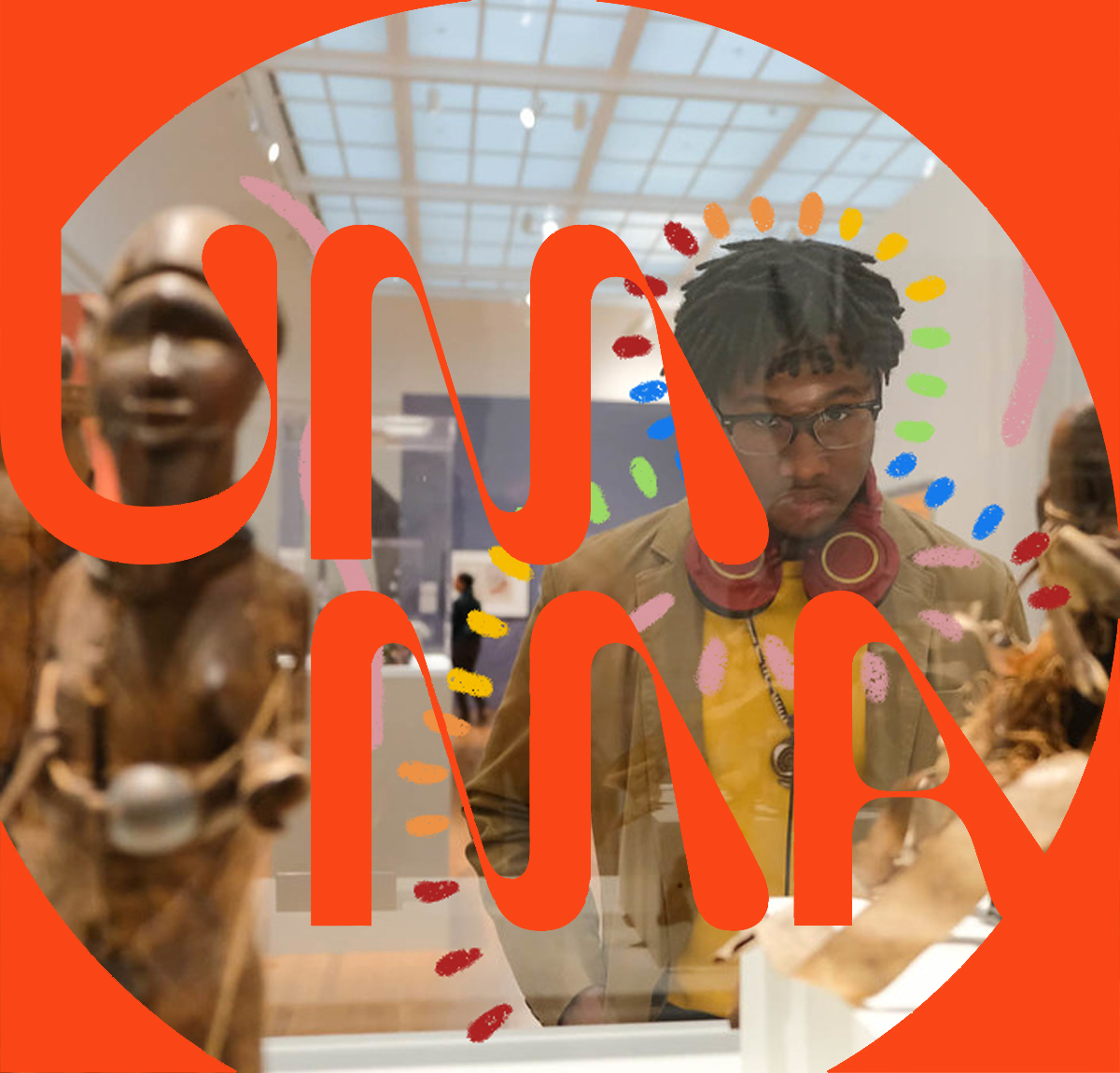
SHAPE A VITAL EXHIBITION PROGRAM & COLLECTION FOR THE TIMES WE LIVE IN
Our collection and exhibition program are a dynamic source of ideas, inspiration, and identification for our communities.
Why We’re Shaping a Vital Program & Collection Now
UMMA’s collection is a versatile and expansive resource. As the site where art collections meet new generations of people, the Museum has an obligation to steward and realize the potential of the collection. This plan will help the Museum deploy the collection to the benefit of its publics, using art to deepen understanding of the past and present, develop empathy for others and ourselves, and re-imagine potential futures.
This plan will deliver on the potential of UMMA’s collection, deploying artwork through installations that pose and research questions about global narratives of history and art history; expose colonial histories and broaden the variety of artists shown on our walls; and explore the complex role visual culture plays in the world. UMMA has a powerful opportunity, and obligation, to reimagine art museums, and especially those on college campuses. This reimagining will revitalize the meaning and purpose of a collection. Museums can reinforce oppressive and unjust systems through the means and methods used to preserve, curate, and interpret collections. However, these same practices can also amplify many voices through a more expansive view of human culture and experience. The works of art in UMMA’s collection allow the Museum and its communities to revisit unsettled ideas and explore new ways of thinking.
In Five Years, UMMA Will…
Have an exhibition and collections installation program that is more tightly focused and deeply researched, with strengths that are well understood internally and externally.
UMMA’s installations and exhibitions will center on salient topics, developed from interdisciplinary and collaborative research and learning with U-M faculty and students and the broader public. UMMA’s collection will increasingly become an exciting site where visitors can wrestle with ideas and arguments about critical issues in the world today.
To realize this vision, UMMA must collect and commission new work and reimagine the Museum’s galleries. The Museum will move away from single time and place schemas, instead drawing on connections between places and periods, exploring multiple narratives, and challenging global art histories with imaginative installation and gallery design. UMMA will improve physical infrastructure and allocate additional time and resources to research of the collection. To broaden access and understanding of UMMA’s collection, the Museum will partner with artists, scholars, students, and community members by participating in local, national, and international art-world conversations via publications, exhibitions, and events.
